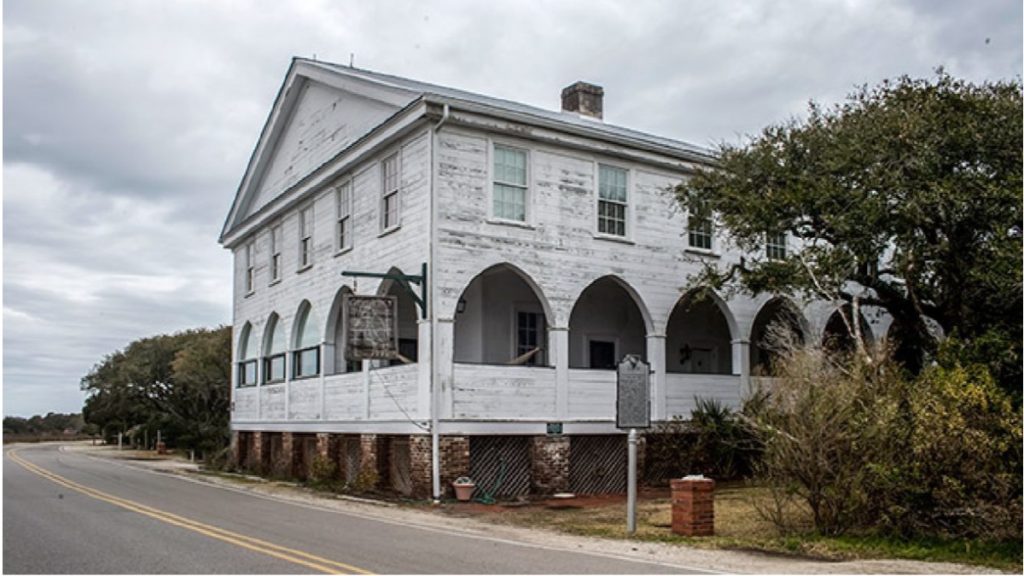South Carolina’s coastal architecture is a testament to the resilience and adaptability of design in response to nature’s challenges. From historic seaside towns like Charleston and Beaufort to modern waterfront developments on Kiawah Island and Hilton Head, the region’s unique environment has long shaped its architecture. The interplay between climate, landscape, and building design has resulted in homes and public spaces that endure hurricanes, flooding, and humidity and celebrate the beauty of the Lowcountry’s coastal setting.
The Influence of Climate on Coastal Design
The South Carolina coastline is one of the most ecologically diverse and climatically challenging regions in the U.S. With frequent hurricanes, high humidity, and the constant threat of flooding, architects developed innovative ways to build structures that are durable and harmonious with their surroundings.
Traditional coastal homes like Charleston’s single houses and Lowcountry cottages have long embraced climate-conscious design. Elevated foundations, deep porches, and large operable windows allow for passive cooling, while steeply pitched roofs help with rainwater runoff. These features, developed in the 18th and 19th centuries, inform modern coastal architecture.
Today, hurricane-resistant materials, elevated living spaces, and storm-proof structural systems are integrated into new construction along the coast. Modern homes on Folly Beach and Sullivan’s Island are built with reinforced concrete pilings, impact-resistant glass, and advanced drainage systems to mitigate the effects of extreme weather.
Blending Tradition with Modern Innovation
While many coastal homes reflect contemporary architectural trends, they still draw inspiration from historical precedents. Take, for example, the Palmetto Bluff community in Bluffton, where architects have created a master-planned development that mirrors traditional Southern architecture while incorporating modern sustainability measures. Wide verandas, metal roofs, and open floor plans maximize airflow and energy efficiency, proving that climate-conscious design can be aesthetically compelling.
On Kiawah Island, the Ocean Course Clubhouse exemplifies the balance between tradition and innovation. Designed to withstand hurricane-force winds, it features materials like tabby concrete (a mix of oyster shells and lime) that reference historic coastal construction techniques while providing contemporary strength and durability.
Sustainable and Resilient Coastal Architecture
As climate change poses challenges, sustainable coastal architecture is becoming more critical. Architects increasingly turn to green roofs, solar panels, and permeable landscape designs to mitigate environmental impact. Projects like the South Carolina Aquarium in Charleston incorporate resilient design elements to adapt to rising sea levels and storm surges.
Additionally, organizations like The South Carolina Sea Grant Consortium advocate for adaptive building strategies that minimize risk while enhancing the livability of coastal communities. Techniques such as living shorelines, which use natural materials to reduce erosion, are incorporated into architectural planning to protect waterfront properties.
Preserving Coastal Heritage While Planning for the Future
As coastal South Carolina continues to grow, balancing preservation with modern innovation remains a priority. By integrating traditional design elements with new technologies, architects can create spaces that respect the past while preparing for the future. Whether through resilient beachfront homes, storm-resistant public buildings, or environmentally sustainable developments, coastal architecture is evolving to navigate nature’s challenges while celebrating the unique beauty of the Lowcountry.
For more on this topic, see:
South Carolina Sea Grant Consortium
IMAGE

Pelican Inn, Pawleys Island, SC (c. 1854

